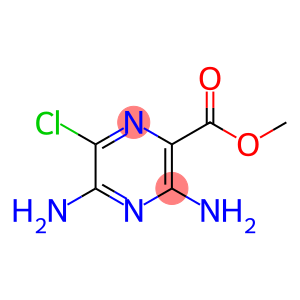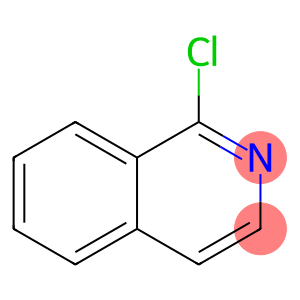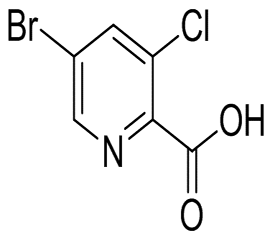3,5-DIAMINO-6-CHLORO-PYRAZINE-2-CARBOXYLIC ACID METHYL ESTER(CAS#1458-01-1)
| Hazard Symbols | Xi – Irritant |
| Risk Codes | 36/37/38 – Irritating to eyes, respiratory system and skin. |
| Safety Description | S26 – In case of contact with eyes, rinse immediately with plenty of water and seek medical advice. S36/37 – Wear suitable protective clothing and gloves. |
| WGK Germany | 3 |
| HS Code | 2933997500 |
Introduction
Methyl 3,5-diamino-6-chloropyrazine-2-carboxylic acid is an organic compound. The following is an introduction to its properties, uses, manufacturing methods and safety information:Quality:- Appearance: Methyl 3,5-diamino-6-chloropyrazine-2-carboxylic acid is a white crystalline solid.- Solubility: It is less soluble in water but can be soluble in organic solvents such as ethanol and dimethylformamide.- Chemical structure: It contains two amino groups and one chlorinated group in its chemical structure.Use:- Scientific research field: It can also be used as a reagent in research and experiments, for chemical reactions and synthesis.Method:- Methyl 3,5-diamino-6-chloropyrazine-2-carboxylic acid can be prepared by a variety of synthetic pathways, and the common method is to react aminocarboxylic acid with chloropyrazine in the reaction.Safety Information:- Wear appropriate protective equipment such as lab gloves, goggles, and lab coats when handling and touching methyl 3,5-diamino-6-chloropyrazine-2-carboxylate.- It should be operated in a well-ventilated environment to avoid inhaling its dust or gases from its solution.- Contaminated areas and tools should be thoroughly washed and waste should be properly disposed of after treatment.








